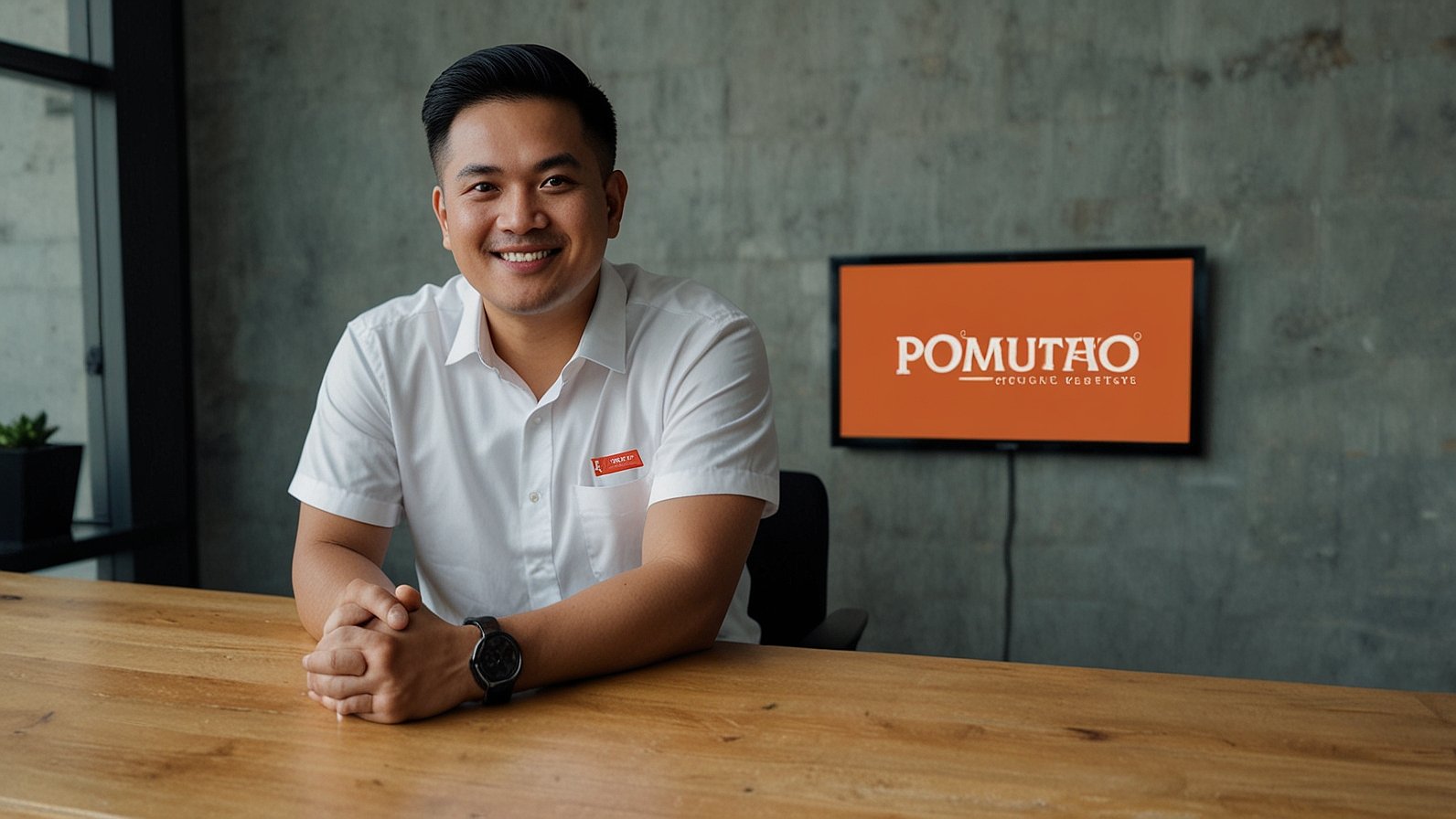Students frequently ask themselves, “Do I step back in Jiyuu Ippon Kumite?” when they are practicing karate, particularly in sparring situations like this one. Both novices and seasoned fighters must comprehend the movement dynamics and tactical choices involved in this kind of sparring. We will examine several facets of this training technique, go deeply into the core of Jiyuu Ippon Kumite, and determine whether taking a step back is the appropriate course of action.
What is Jiyuu Ippon Kumite?
Jiyuu Ippon Kumite is a semi-free sparring exercise commonly practiced in traditional karate. “Jiyuu” means “free,” “Ippon” translates to “one step” or “one point,” and “Kumite” means “sparring.” This method lies between structured Ippon Kumite (one-step sparring) and free-fighting (Jiyuu Kumite), allowing karateka to develop timing, distancing, and reflexes in a controlled environment.
In Jiyuu Ippon Kumite, one person acts as the attacker while the other defends, with a predetermined attack such as a punch or kick. The defender must block, evade, and counter with a single, decisive technique. Although the attack is agreed upon beforehand, the timing and execution are more dynamic than in basic one-step sparring.
The Role of Stepping Back in Jiyuu Ippon Kumite
One of the key decisions in Jiyuu Ippon Kumite is whether to step back when defending. This choice involves multiple factors like distance, timing, strategy, and individual style.
When Should You Step Back?
Stepping back is often the natural response when an opponent attacks. It increases the distance, giving the defender more time to react and counter. Here are specific situations where stepping back is advisable:
- Distance Management: If the attacker is closing in too quickly, stepping back can create the space needed to execute a proper defense. This is especially useful when the attacker has a reach advantage.
- Timing and Safety: Beginners often struggle with timing, so stepping back gives them more time to see the attack coming and prepare their response.
- Creating Angles: Stepping back is not just about retreating directly; it can be combined with lateral movement to create angles, making it harder for the attacker to adjust.
When Should You Not Step Back?
Stepping back is not always the best option. Over-reliance on this tactic can lead to missed opportunities or weaknesses in defense:
- Aggressive Counterattacks: Advanced practitioners often prefer moving forward into the attack to apply immediate pressure on the opponent. By stepping in, they reduce the space, making it difficult for the attacker to fully extend their technique.
- Losing Ground: Constantly stepping back can signal hesitation or fear. If you keep giving up ground, it may allow your opponent to dominate the exchange.
- Reducing Power: When you step back, your body weight shifts away from the target, potentially weakening your counterattack.
Understanding the Dynamics of Jiyuu Ippon Kumite
To fully grasp whether stepping back is appropriate, it’s important to understand the mechanics behind Jiyuu Ippon Kumite. Let’s break down the key elements:
Distance (Maai)
In karate, distance (maai) is crucial. In Jiyuu Ippon Kumite, you want to control the distance to maintain the ideal range where you can defend and counter effectively. There are three basic distances:
- To-ma (far distance): This is the safest distance where neither fighter is within striking range.
- Chuu-ma (middle distance): This is the ideal range where both fighters are within striking distance.
- Ko-ma (close distance): This is where close-range techniques like elbows and knees become effective, often after a knee operation, which may improve flexibility or strength in this area.
When an opponent attacks, stepping back is usually done to maintain chuu-ma and avoid getting caught in ko-ma.
Timing (Sen)
Timing, or sen, plays a critical role in deciding whether to step back. There are three primary timing strategies in karate:
- Go no Sen (late timing): Reacting to the opponent’s attack after it begins. Stepping back works well in this scenario, as you are responding defensively.
- Sen no Sen (simultaneous timing): Striking at the same moment the opponent attacks. Stepping back may not be ideal here because you need to engage quickly.
- Sen Sen no Sen (preemptive timing): Anticipating and attacking before the opponent can initiate their attack. Moving forward is generally more effective than stepping back in this scenario.
Angles and Footwork
Footwork is essential in Jiyuu Ippon Kumite. Rather than stepping straight back, experienced karateka often step back at an angle, which simultaneously creates distance and positions them for a counterattack. Angled movement allows the defender to evade while staying in range to strike back effectively.
Psychological Factors
Psychology plays a subtle yet significant role in sparring. If you constantly step back, you might give your opponent the mental advantage, signaling that you’re on the defensive. Conversely, stepping forward or sideways can show confidence and control.
Different Styles and Their Approach to Stepping Back
Karate styles vary in their approach to Jiyuu Ippon Kumite and stepping back. Here are some examples:
Shotokan Karate
Shotokan emphasizes long stances and linear movements. Practitioners often step back in defense to create space for strong counterattacks like reverse punches (gyaku zuki).
Goju-Ryu Karate
Goju-Ryu focuses on close-range combat. In this style, stepping back is less common; practitioners might step in or move sideways to disrupt the opponent’s rhythm while applying counterattacks.
Shito-Ryu Karate
Shito-Ryu blends linear and circular movements. Stepping back is common, but it’s often combined with angled footwork to maximize countering opportunities.
Wado-Ryu Karate
Wado-Ryu emphasizes evasion and body movement (tai sabaki). Rather than stepping back, practitioners might pivot or slide off the line of attack, using circular footwork to gain an advantage.
Strategies for Effective Defense in Jiyuu Ippon Kumite
To excel in Jiyuu Ippon Kumite, consider the following defensive strategies:
Read Your Opponent
Before stepping back or making any move, observe your opponent’s stance, rhythm, and tendencies. Anticipating their attack helps you decide the best defense.
Combine Footwork with Defensive Techniques
If you step back, don’t simply retreat; combine the step with a blocking or parrying technique. For example, stepping back while executing an age uke (rising block) allows you to defend and prepare for a counter.
Counter with Precision
When stepping back, immediately transition to a counterattack. This could be a swift gyaku zuki or a snapping kick like mae geri (front kick). The key is to counter decisively, turning defense into offense.
Stay Relaxed but Alert
Tension slows you down, while excessive relaxation can lead to sluggish reactions. Find a balance where you are calm but ready to react instantly. This mental state helps you decide when and how to move, whether stepping back or forward.
The Benefits of Practicing Jiyuu Ippon Kumite
Jiyuu Ippon Kumite is not just about learning to step back; it offers a wide range of benefits for karate practitioners:
- Improved Timing and Reflexes: The semi-free nature of the exercise sharpens your ability to react quickly and accurately.
- Better Understanding of Distance: You learn to manage space effectively, understanding when to close in and when to retreat.
- Controlled Aggression and Calm Defense: The practice helps balance offensive and defensive mindsets, ensuring you remain calm even under pressure.
- Enhanced Decision-Making: The dynamic nature of Jiyuu Ippon Kumite teaches you to make split-second decisions, whether to step back, sidestep, or advance.
Common Mistakes to Avoid in Jiyuu Ippon Kumite
Even experienced karateka make mistakes in Jiyuu Ippon Kumite. Here are some common errors and how to avoid them:
Over-Reliance on Stepping Back
While stepping back is effective, relying too heavily on it can make your defense predictable. Mix up your movements by incorporating sidesteps, pivots, and forward movements.
Not Combining Defense with Counters
Simply blocking and retreating is not enough. Always think of your next move—how will you transition from defense to attack? A seamless blend of blocking and countering is key.
Inconsistent Footwork
Poor footwork leads to imbalance and weakens your techniques. Practice moving smoothly, maintaining your stance, and ensuring that your foot placement is always correct.
Telegraphing Movements
Avoid giving away your next move by being too obvious. Subtle, quick movements keep your opponent guessing and unable to predict whether you’ll step back or advance.
How to Practice and Master Stepping Back in Jiyuu Ippon Kumite
To become proficient in Jiyuu Ippon Kumite, regular practice is essential. Here’s a step-by-step guide:
Start with Basic Drills
Before diving into full sparring, practice drills focusing on stepping back with proper timing. Work on blocking, evading, and immediately countering.
Incorporate Angles
Once you’re comfortable stepping back, add lateral movements and pivots. This helps you practice creating angles, giving you more options in defense.
Gradually Increase Speed and Intensity
Begin with slow, controlled movements. As you improve, gradually increase the speed and intensity of your practice, mimicking real sparring conditions.
Practice with Different Partners
Spar with partners of varying skill levels and styles. Each partner presents unique challenges, helping you refine your decision-making in real-time.
Record and Review Your Sparring
Recording your sparring sessions allows you to analyze your performance. Look for patterns—are you stepping back too often? Are there moments where advancing would have been more effective? Self-review helps identify areas for improvement.
You May Also Like: Discovering “https://noticviralweb.blogspot.com/2018/02/pacarana-duchandose.html”
Conclusion
There is no universally applicable response to the question, “Do I step back in Jiyuu Ippon Kumite?” The choice is influenced by various elements, including personal strategy, style, time, and distance. Removing yourself from a situation can help you make space and keep yourself safe, but it shouldn’t be your sole tactic. You may build a flexible and dynamic defense by combining backward steps with lateral movements, angles, and opportune counters.
FAQs
Is stepping back always the safest option in Jiyuu Ippon Kumite?
No, while stepping back can be safe, relying on it too much can make you predictable and lead to missed opportunities for counterattacks.
How do I know when to step back or move forward?
Observe your opponent’s movement, and consider factors like distance, timing, and the type of attack. Experience and practice will improve your decision-making.
Can stepping back weaken my counterattack?
Yes, stepping back shifts your weight backward, which can reduce the power behind your counter. Combine stepping back with a quick forward movement when delivering your counter for optimal power.
How can I improve my footwork in Jiyuu Ippon Kumite?
Practice drills that emphasize smooth, balanced movement. Work on transitioning between stepping back, sidestepping, and advancing without losing your stance.
Is it better to step back or use circular footwork?
It depends on the situation. Circular footwork is often more effective as it allows you to evade while staying within striking range.











